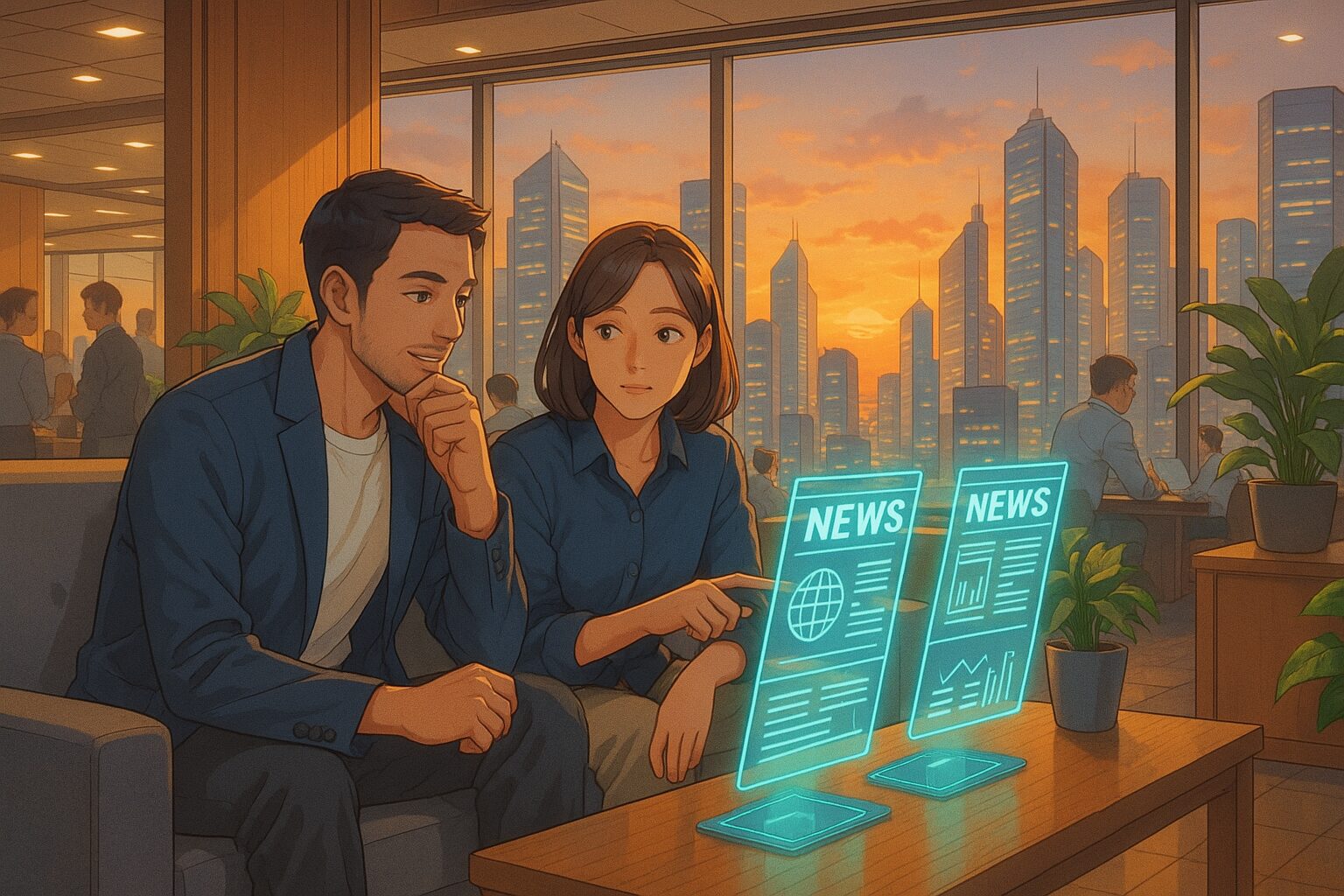UAE’s Challenge to Open the Door to Space: What If This Trend Continues?
As the world focuses on space development, the numerous milestones achieved by the UAE by 2025 are truly paving the way for new frontiers. If this trend continues, how will our future change?
1. Today’s News
Source:
https://gulfnews.com/uae/science/uae-charts-new-frontiers-in-space-with-landmark-2025-achievements-1.500294564
Summary:
- The UAE has made significant achievements in advancing space development through technological innovation and international cooperation by 2025.
- Six satellites were successfully launched, including the UAE’s first SAR satellite, Etihad-SAT.
- With participation in NASA’s Gateway lunar base, the UAE will play a crucial role in lunar exploration.
2. Considering the Background
Space development not only demonstrates a country’s technological capabilities but also symbolizes international cooperation. The rapid growth of the UAE in the field of space can be attributed to the government’s proactive investments and the nurturing of young talent. These movements are also strategic efforts to promote technological innovation in the region and diversify the economy. Let’s consider how this might affect our daily lives.
3. What Will the Future Hold?
Hypothesis 1 (Neutral): A Future Where Space Development Becomes Commonplace
As countries like the UAE advance in space development, space technologies will become more mainstream. Data and technologies obtained from space may permeate our daily lives, leading to enhanced accuracy in weather forecasting and the proliferation of new communication technologies. This could result in a more comfortable and safer way of living.
Hypothesis 2 (Optimistic): A Future of Significant International Cooperation
The UAE’s success will accelerate international cooperation in space development. By collaborating, countries may advance lunar and Martian exploration, making the creation of living environments beyond Earth a realistic prospect. If this is realized, a sustainable future that does not rely on Earth’s resources may emerge.
Hypothesis 3 (Pessimistic): A Future Where Earth’s Problems Are Forgotten
While significant resources are directed towards space development, there is a possibility that issues on Earth may be neglected. Concerns about environmental issues and social inequality could diminish, risking the postponement of sustainable development on Earth. We must continue to pay attention to issues at our feet.
4. Tips for Us
Thinking Tips
- Maintain a perspective that looks at space while not forgetting Earth’s issues.
- Actively learn new technologies and knowledge and develop a habit of considering their impacts.
Small Practical Tips
- Make environmentally friendly choices in daily life.
- Share interesting news about space development with others and engage in discussions.
5. What Would You Do?
- Follow news about space development more closely.
- Take a greater interest in Earth’s environmental issues.
- Balance your interest between both issues.
What kind of future have you envisioned? Please share with us through social media quotes or comments. Let’s think about the future together!









